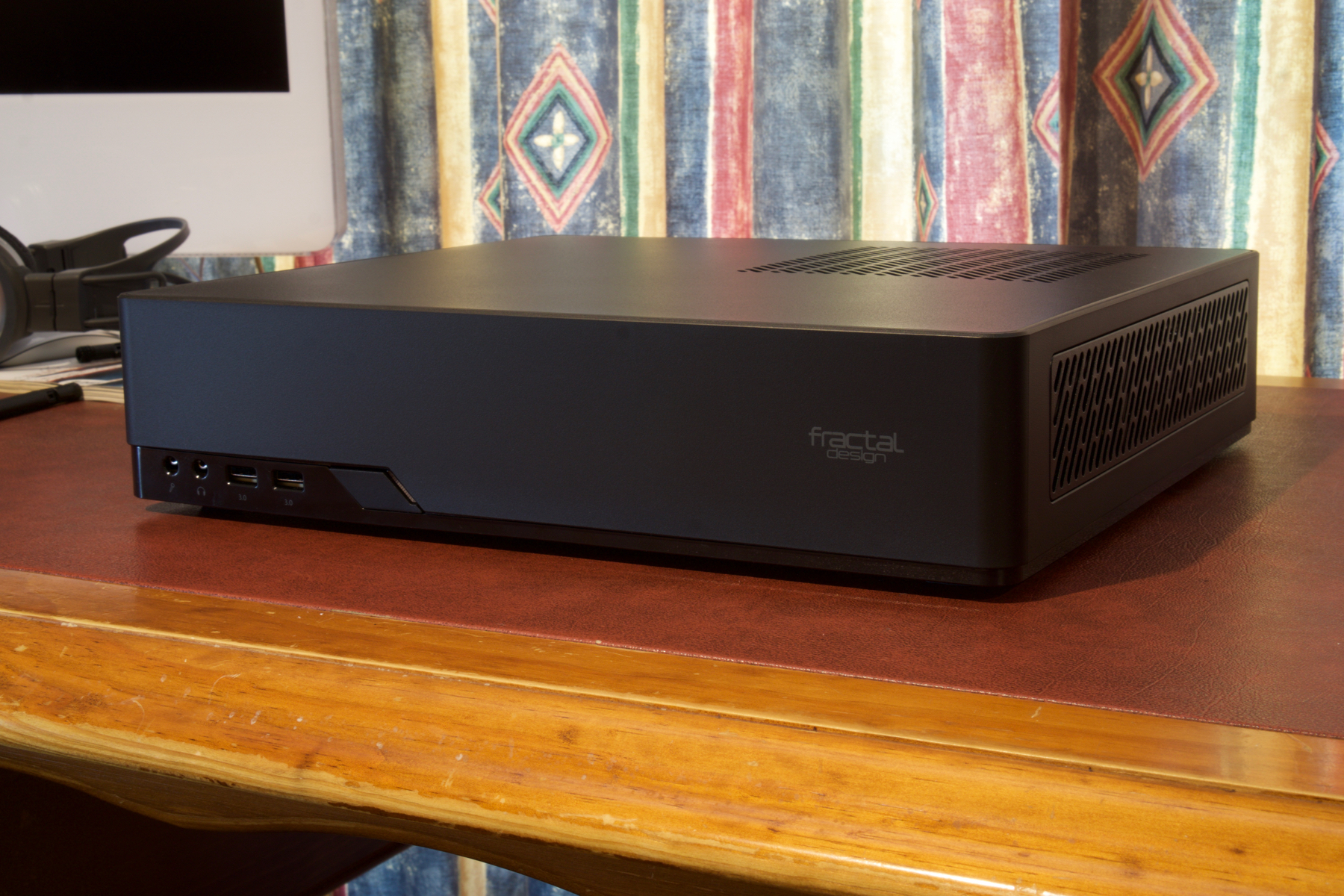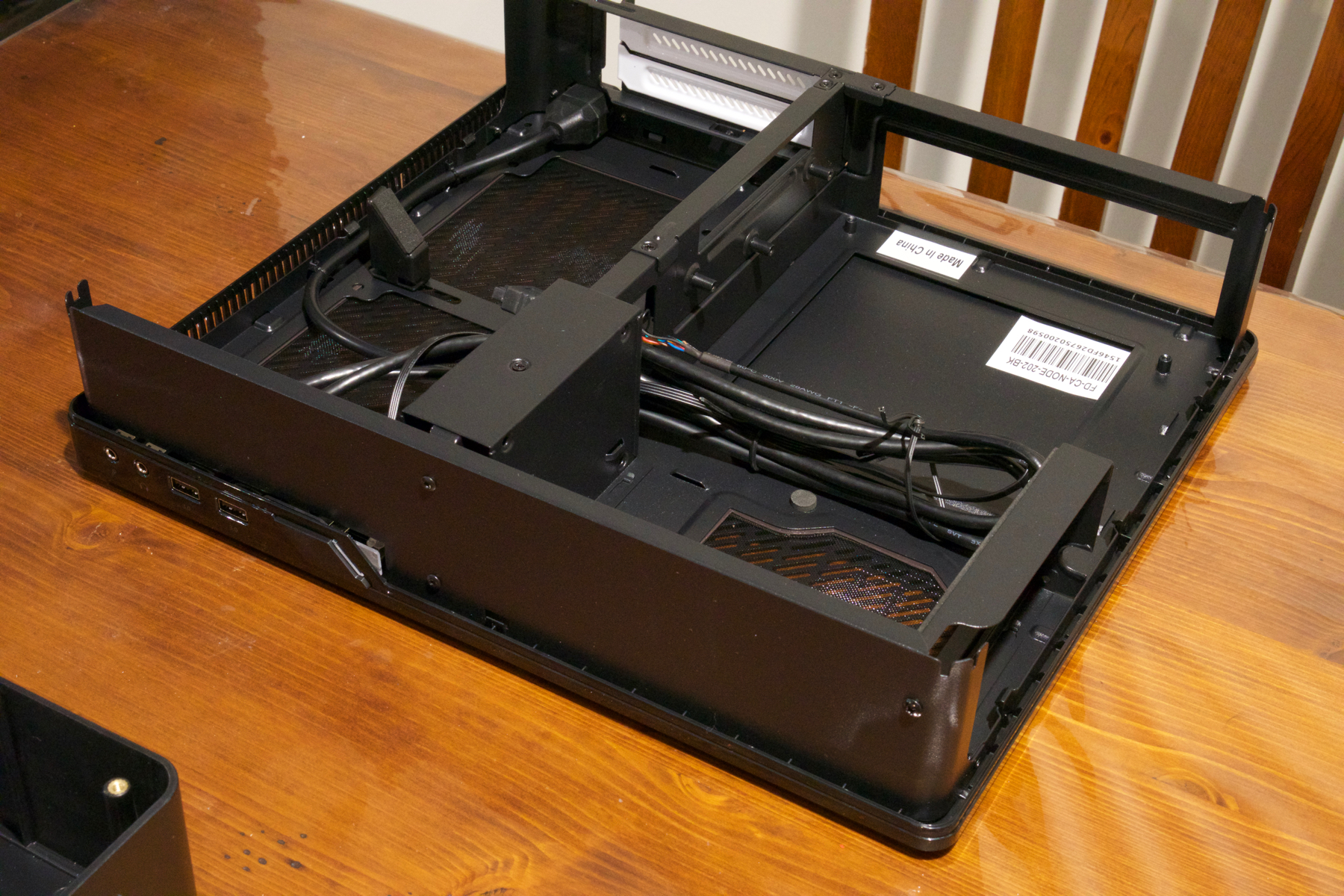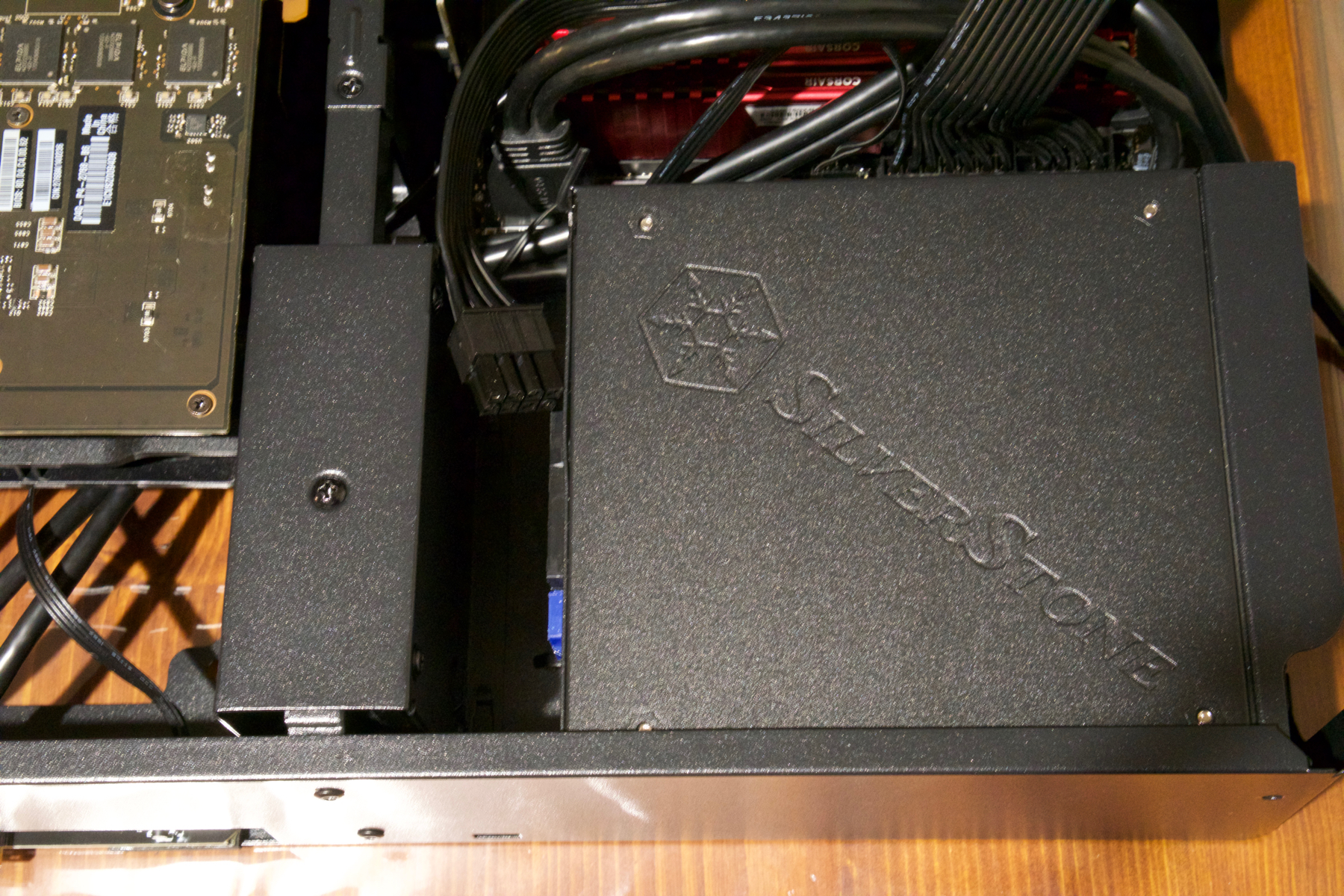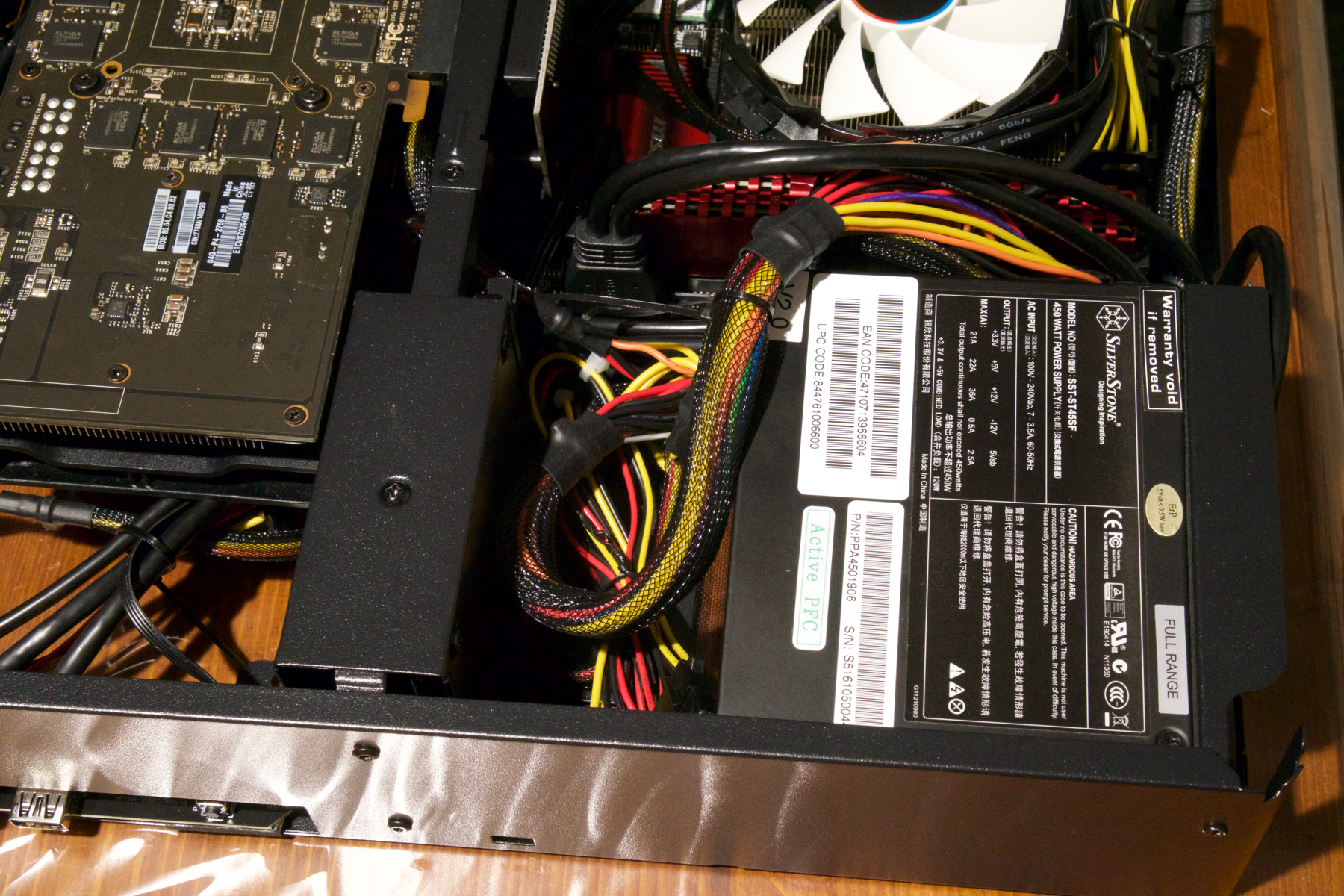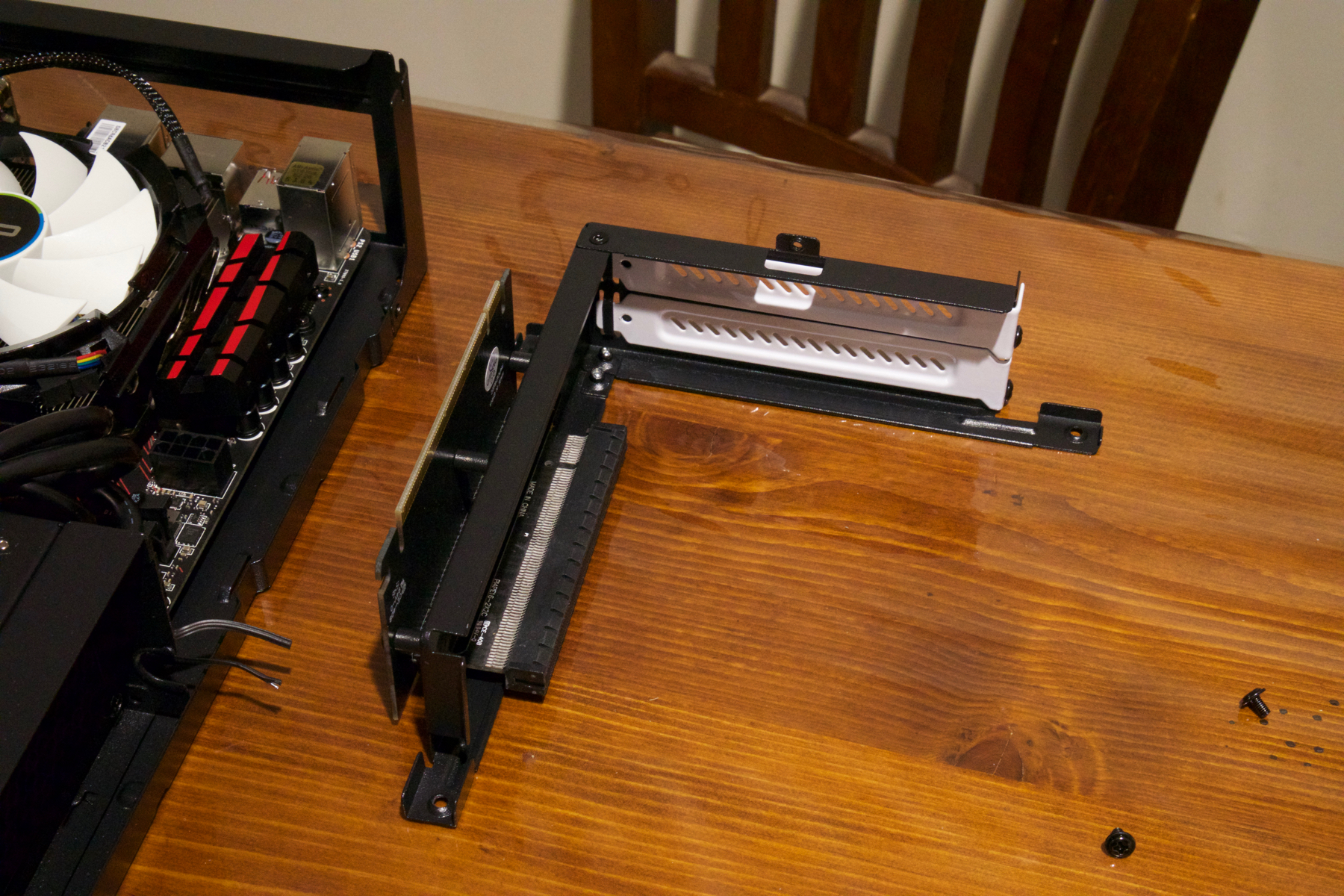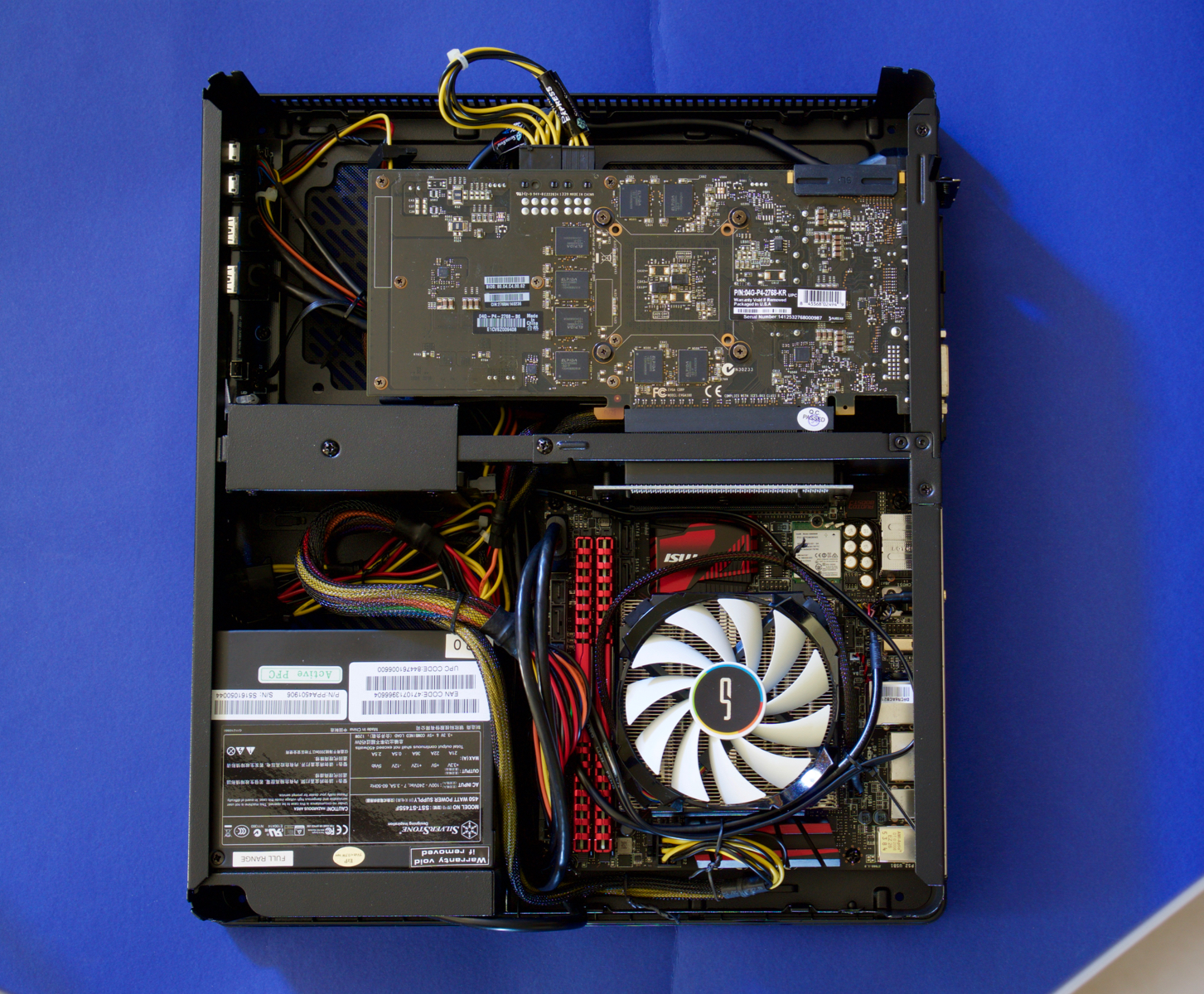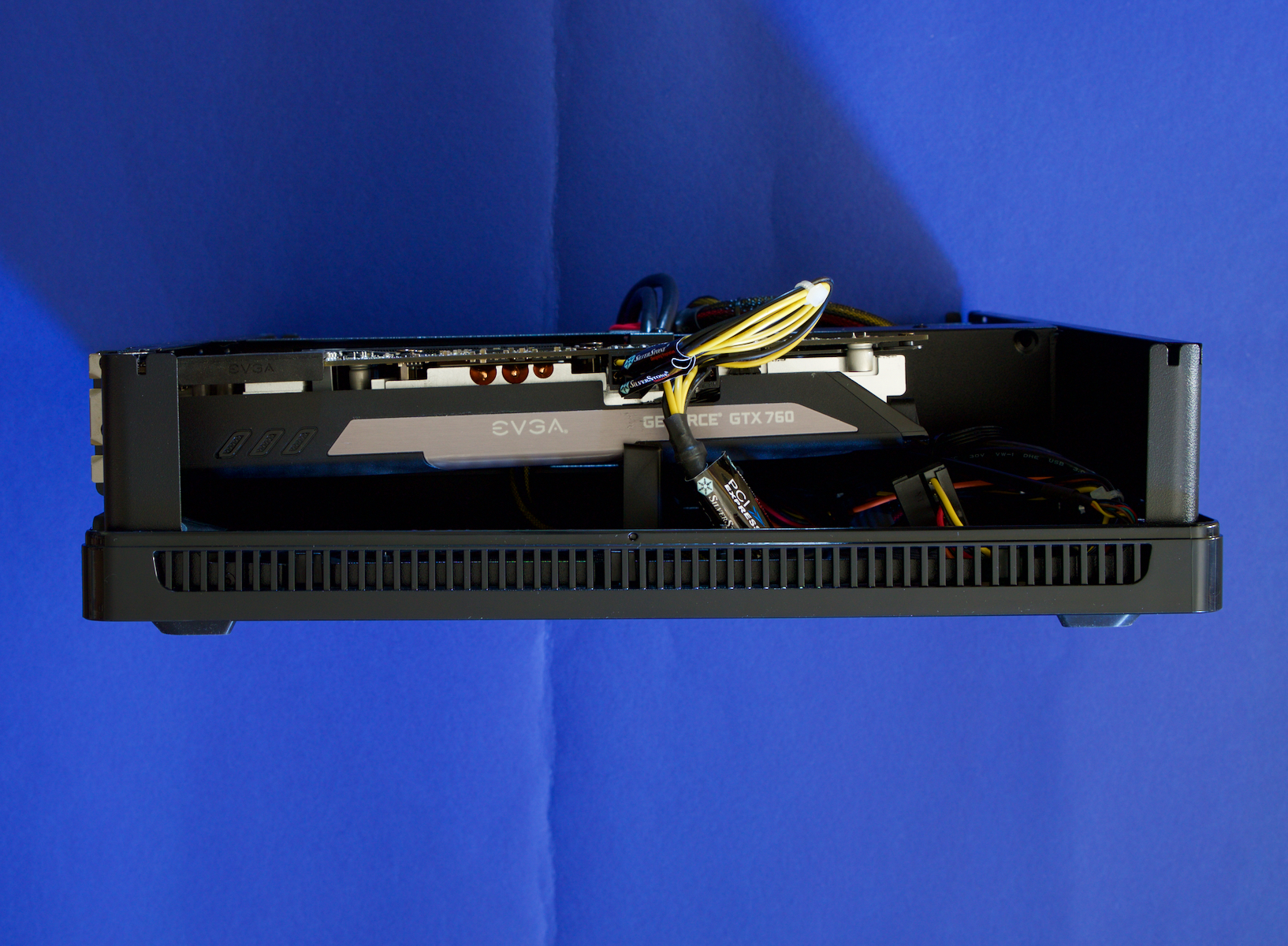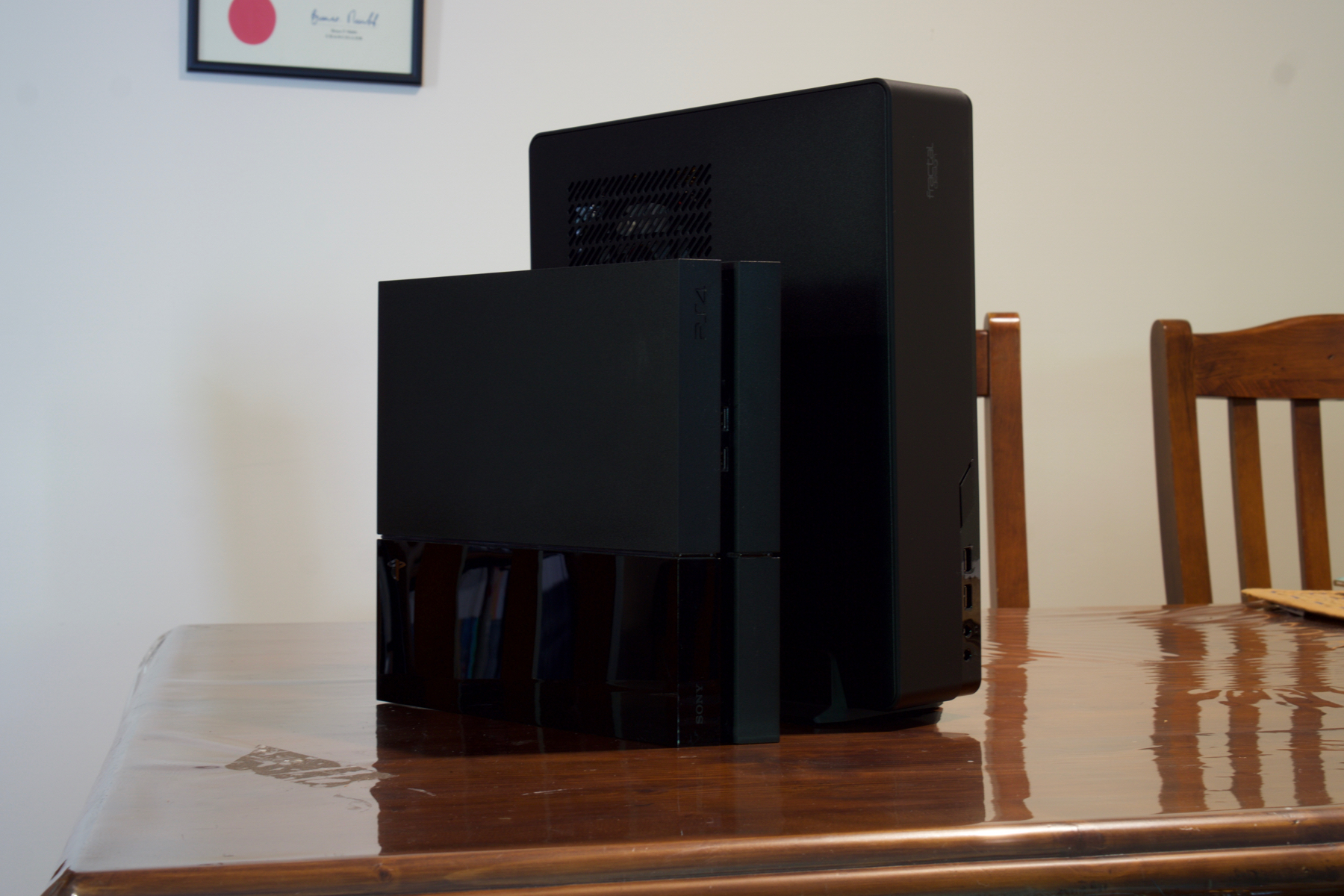building a small form factor (mini ITX) pc
While smartphones may be getting bigger albeit slimmer, there has been a trend toward slimmer laptops and smaller form factor desktop personal computers (PCs), driven in part by design aesthetics but also technological innovation, especially development of more energy efficient chips that can be crammed into ever tighter spaces without generating excessive heat. This trend has not been restricted to original equipment manufacturers. An increasing range of mini-ITX motherboards and associated cases have become available from suppliers over recent years, giving PC builders more options for building a home theatre personal computer (HTPC) or gaming PC to take advantage of that large screen in the living room. Interested in the challenge of building a PC within the confines of the dedicated mini-ITX form factor and a desire for a dedicated gaming PC (and having a spare GTX 760 graphics card lying around) I decided to build a small form factor PC.
As I would soon discover, building within the constraints of a dedicated mini-ITX form factor case requires careful selection of components. The final components that made up my build included:
Hard drive: Samsung 850 Pro Series 256GB 2.5in solid state drive (SSD);
Random access memory (RAM): Corsair Vengeance 16 GB (2x8GB) DDR4 DRAM 2400MHz C14 Memory Kit - Red; and
Power supply unit (PSU): Silverstone - 450w SFX (model number ST45SF).
For the case I went with Fractal Design's Node 202, which has a minimalist squarish design akin to a set top box or blu ray player. It thus fits in well alongside other audio-visual equipment. The other main option I considered was SilverStone's Raven RVZ02. The RVZ02 has a similar boxy design to the Node 202 but with some more sculpted angular details on the front panel. Ultimately I did not go with the RVZ02 as only the model with the clear side vent - a feature that feels tacky to me - seemed to be locally available.
Power supply unit options for the Node 202 are restricted to the smaller SFX standard as opposed to the conventional ATX standard. For the PSU I was originally going to use the Silverstone SX500-LG 500W Gold SFX Power Supply. While this PSU has a depth of 130mm - the maximum allowed by the Node 202 - in practice I found this did not leave enough space between the PSU and hard drive enclosure to allow the modular cables to plug into the rear of the PSU (see picture below). Thus the 130mm maximum PSU size advised for the Node 202 should be considered inclusive of cable protrusions. I consequently went with the Silverstone 450w SFX Power Supply Unit which has a maximum depth of 100mm. It is worth noting that Fractal Design does produce a version of the Node 202 with an integrated Integra SFX 450W PSU. I would consequently recommend this option if it is available and meets your power needs.
There are a couple other hardware limitations one needs to be aware of. There is only limited clearance for the CPU cooler or fan with only coolers up to 56mm being accommodated. Thus if you want to engage in some serious overclocking your cooling options will be seriously restricted, and you should arguably be using a larger case in such an event anyway. Another significant limitation is that the hard drive enclosure only accommodates 2 x 2.5 inch solid state drives (SSDs) or 2.5 inch conventional platter hard drives of the type you would generally see in laptops rather than desktop computers. Given the shift to SSDs this is probably not a big dealbreaker but is something to be aware of if you have large data storage requirements, something that could be an issue if you are looking to build an HTPC.
Graphics card compatibility is relatively forgiving, accommodating cards up to 310mm in length, 145mm in height and 47mm in depth. So most dual PCIe slot full size graphics cards can be accommodated, though you may have issues with some longer 3 fan models.
One bizarre oversight is that while most of the vents have removable magnetic mesh panels to minimise dust intrusion, there is no mesh covering for the side vent located above the graphics card. If you place the case in its vertical position this vent ends up at the top of the case which is surely the worst case scenario for potential dust intrusion!
Apart from careful selection of components, the biggest disadvantage associated with this case is the limited room for working inside the case, which is to be expected I suppose. Cabling can be quite fiddly with limited space between the power supply and motherboard. In particular, cabling gets quite tight in the slot between the motherboard and graphics card chambers adjacent the hard drive enclosure. I am consequently dreading having to eventually connect a second hard drive to the motherboard.
In the end though I'm quite pleased with the results. I have a quite capable PC hosted within a modestly designed case with a small footprint. My only concern so far is that I've had a couple graphics card driver related crashes during one game. I'm concerned this may be related to excess power draw due to the use of the relatively power hungry GTX 760, which could necessitate a swap for a more power efficient (but thankfully powerful) graphics card.
